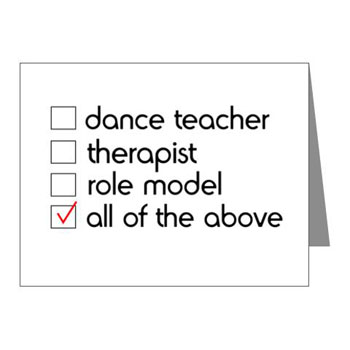
By Steven Flores
Iʼve been teaching dance for the past seven years and have taught children, teens, beginning adults, and professionals. Doing so I have accumulated teaching methods that are implemented on a daily bases here at PopRock students coming into a new teaching environment is never easy. At PopRock we try to work with their strengths and weaknesses not matter where a dancer is in terms of understanding dance and itʼs various complexities.
Teaching in general is a world that is made up of highs and lows and requires a special kind of personality, patience and know how to really get students progressing physically and mentally. Unlike most activities, dance is the only one where the body has the power for memory, development, and sense of structure.
The fact is, dance, like no other art form is made up of different layers: beginning, intermediate, and advanced. I know most performing artists have heard of these terms before when going to take class. However, dance separates itself by being the only form in which the body alone is doing all of the talking. Meaning one must know how to utilize every inch of the body to tell a story. One might ask, how is this teachable? What are some effective ways to contribute to dance education and help students find their own artistic voice?
THE CLASS ROOM
Testing vocabulary in class. Students will be encouraged to participate in the class room not only physically but mentally. This will not only increase the confidence of the student that answers correctly but informs the rest of the class in a positive and supportive way.
Example: Does anyone know what a ʻball changeʼ is?
Pointing out the positive in a students work. This makes students effectively correct themselves by watching other classmates as well as keeps the environment positive. By only pointing out the wrong in a students work discourages them and creates a sense of negativity in the class room.
Example: Look at Andreaʼs legs, see how nice and straight they are.
Repetition is key. At PopRock we want our students to feel accomplished and by repeating a combination more than once gives the class more opportunities to find it in their !bodies and master a combination.
Using sounds instead of counts. Beginning students will start to see that dance is not just a series of tasks put to music but movement that is created to exemplify texture, rhythm, space, and time. Thus, relating them to other activities they see and hear through out the day.
Example: Swish, swoop, boom, ba, boom.
Pay attention to detail. Students should be extremely detailed and not afraid to ! ask questions. This leaves less room for error when interpreting the movement take a step back. Teachers at PopRock give students many opportunities to practice performing for an audience and the class room is the first place they start. This not only gives students practice performing, but gives the teacher time to give personal corrections and give attention to each student in the class room, and in the long run a more polished product.
We do not reward bad behavior. We will ask students to go out side and will not waist other students learning time. By doing this quickly, we do not loose class time and also stops the individual from gaining the attention they strived for.
Challenging students. At PopRock we never let students get comfortable by only doing what they know. Class should be about learning new skills as well as working on the fundamentals and foundation. Students should find a time in class where something is difficult for them, with frustration comes physical and mental growth.
We love what we do at PopRock Academy and our dance faculty hope to spread that joy through dance and discipline. Communicating our teaching methods. Teachers here never assume students know what the big picture is. At PopRock we tell them our methods which helps make them realize their own improvements and lets them know that their is a greater goal in mind.